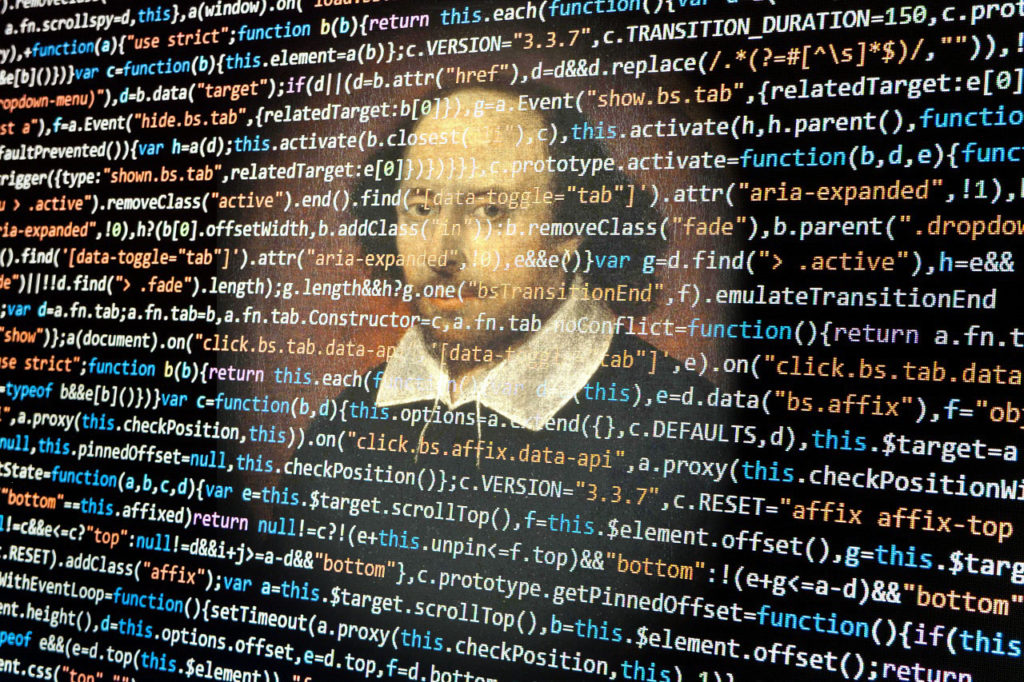First of all, before I explain why I made an iambic pentameter generator, we need to know what an iambic pentameter is.
Chances are, if you found this article you already know, so I’ll be brief. An iambic pentameter is a line of poetry consisting of five “feet”, or groups of syllables. “Penta” in Greek means “five”, so pentameter means that the line consists of five groups of syllables. The iamb refers to a pair of syllables where the first is unstressed and the second is stressed. For instance, the word desPAIR (capitals indicate the emphasis). Hence, an iambic pentameter line consists of ten syllables, of which the 2nd, 4th, 6th, 8th, and 10th are stressedTechnically, this is not necessary. What should occur is that the rest of the syllables (1st, 3rd, 5th, 7th, 9th) are not stressed..
Here’s four lines of iambic pentameter:
And you, my sinews, grow not instant old
But bear me swiftly up. Remember thee?
Ay, thou poor ghost, whiles memory holds a seat
In this distracted globe. Remember thee?
(Hamlet, I.v.94–97)
And now, without further delay, let’s get to the why’s and how’s of the iambic pentameter generator.


